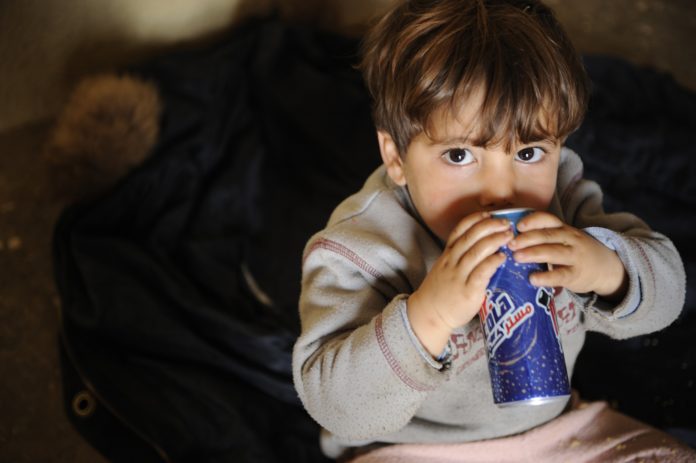
Study shows how learnings from tobacco have been used to push sell sugar sweetened beverages
Tobacco conglomerates once used colors, flavors and marketing techniques to entice children as future smokers. When they bought food and drink companies starting in 1963, they transferred these same strategies to sweetened beverages according to a study by researchers at UC San Francisco.
The study draws from a cache of previously secret documents from the tobacco industry that is part of the UCSF Industry Documents Library. The study tracked the acquisition and subsequent marketing campaigns of sweetened drink brands by two leading tobacco companies: R.J. Reynolds and Philip Morris.
It found that as tobacco was facing increased scrutiny from health authorities, its executives transferred the same products and tactics to peddle soft drinks. The study was published on March 14, in The BMJ.
Sugary beverages include most fruit juices, sports and energy drinks, soda and other beverages sweetened with added sugars, including honey, fructose, glucose, sucrose, dextrose, corn sweetener, malt syrup, corn syrup, brown sugar and raw sugar
“Executives in the two largest U.S.-based tobacco companies had developed colors and flavors as additives for cigarettes and used them to build major children’s beverage product lines, including Hawaiian Punch, Kool-Aid, Tang and Capri Sun,” said senior author Laura Schmidt, PhD, MSW, MPH, of the UCSF Philip R. Lee Institute for Health Policy Studies .
She added: “Even after the tobacco companies sold these brands to food and beverage corporations, many of the product lines and marketing techniques designed to attract kids are still in use today.”
Fruit Juice, Sports Drinks Linked to Obesity, Metabolic Disease
American youth currently consume an average of 143 calories a day in sugary beverages, according to the Centers for Disease Control and Prevention. These calorie-dense drinks do not provide the satiety of foods and are associated with obesity and metabolic syndrome, a cluster of conditions that increase the risk for heart disease, stroke and Type 2 diabetes.
Sugary beverages include most fruit juices, sports and energy drinks, soda and other beverages sweetened with added sugars, including honey, fructose, glucose, sucrose, dextrose, corn sweetener, malt syrup, corn syrup, brown sugar and raw sugar.
The new papers, which are available in the UCSF Truth Tobacco Industry Documents Library, a subset of the UCSF Industry Documents Library, reveal connections between the tobacco and food industries.
Tobacco giant R.J. Reynolds led the transition to sweetened beverages in 1963 when it purchased Hawaiian Punch from Pacific Hawaiian Products Company. The beverage previously had been promoted to adults as a cocktail mixer, but R.J. Reynolds sought to beef up the drink’s “Punchy” mascot — a counterpart to the “Joe Camel” cartoon character the company used to promote cigarettes — and featured it on toys, schoolbook covers, comics, tumblers, clothing and TV commercials. Punchy became the “best salesman the beverage ever had,” according to tobacco industry documents.
In the ’60s and ’70s, the company conducted taste tests with children and mothers to evaluate sweetness, colors and flavors for Hawaiian Punch product line extensions. The children’s preferences were prioritized, the authors noted.
By 1983, R.J. Reynolds introduced the nation’s first juice box, marketed as a “handy little carton that comes with its very own straw.” This innovation was largely responsible for a 34 percent jump in sales, according to industry documents.













